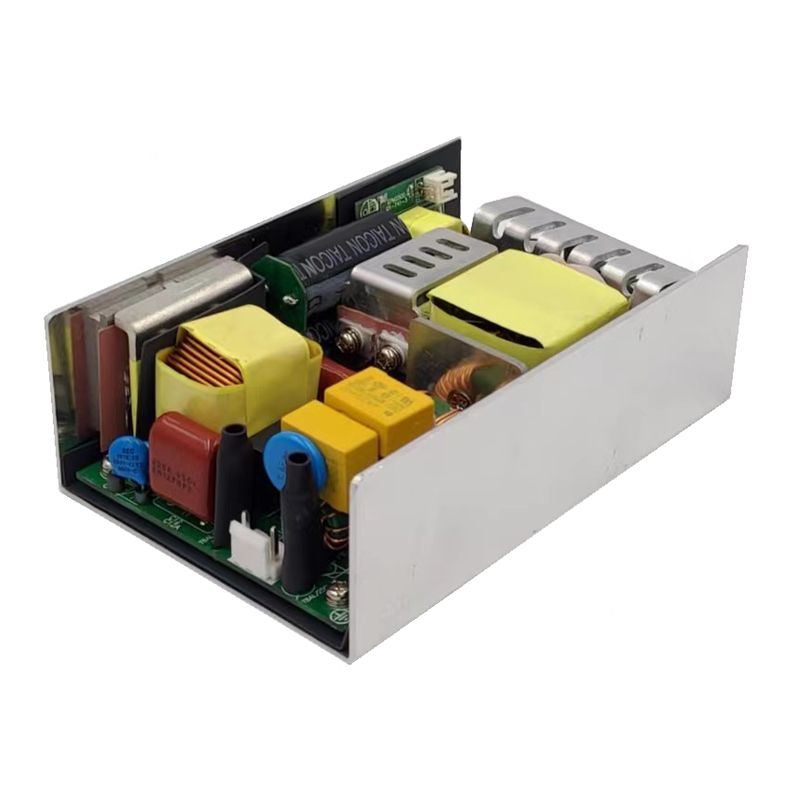The architectural features of open frame power are reflected in the modular layout design without encapsulated shell. Its circuit components and heat dissipation structure are directly exposed to the air medium, and heat energy is dissipated through forced convection. Ordinary power supplies usually use a fully enclosed metal shell, and the internal heat conduction pad is in contact with the shell for heat transfer. The topological structure of the open design allows engineers to directly observe the PCB routing layout, which is convenient for on-site debugging and function expansion, while the maintenance of the closed power supply requires disassembly of the shell to access the core components.

The thermal management mechanism is significantly different. The open frame power relies on the natural flow of air and radiation heat exchange, and the thermal expansion coefficient of the copper-based copper-clad laminate is matched with the power device. Ordinary power supplies use axial fans in a confined space to establish directional airflow, and the aluminum heat sink fins are optimized by stamping process. In terms of electromagnetic compatibility processing, the open frame power suppresses high-frequency interference through a sandwich grounding layer layout, while the closed device relies on the Faraday cage effect of the metal shell to achieve electromagnetic shielding.
In terms of electrical safety protection, the open frame power has an isolation baffle in the terminal area and adopts a special-shaped slot design that doubles the creepage distance. The ordinary power supply has a higher protection level through double insulation coating and plastic sheath. In terms of maintainability, the open frame power supports online replacement of vulnerable parts such as power MOSFET, while ordinary power supplies often need to be replaced as a whole.